Curbside Consult with Dr. Jayne 3/7/16
I’m still recovering from HIMSS, which really gave me a beat-down this year. What started as the usual sore throat and froggy voice from yelling over loud music and being exposed to smoke seems to be turning into something more. On top of that, my self-diagnosed broken toe is actually a pair of fractures.
Fortunately, I scheduled a fairly low-key week, so I am working from the sofa with my foot propped. I’m wading through quite a few press releases that were lost in the HIMSS shuffle. I know vendors like to save them up for the week, but then there is so much noise that they’re easily missed.
I’m also following up on some consulting leads. Although a couple of them are from actual healthcare delivery organizations, most of them are from vendors who like the idea of having a physician informaticist on call, but not necessarily having to keep them on the payroll.
I’ve enjoyed the flexibility of consulting as well as the variety. There are a lot of organizations that have problems they’re trying to solve or could benefit from some outside opinions. It’s actually a lot like being a family physician. Sometimes the problems are straightforward with obvious solutions like cold and flu symptoms. Other times the issues require a lot of analysis and diagnostic maneuvers as well as the possible intervention of other specialists. The “detective work” aspect of medicine is what attracted me to the field in the first place, so I’m glad to be able to put those skills to work in other arenas.
Having worked in the large health system space, I’ve also developed some pretty solid firefighting skills that I’m putting to use assisting a client with their 2015 Meaningful Use attestation. The deadline is Friday, and although they thought they were prepared, it turns out that their internal MU resource hadn’t really been doing much in regards to documentation. Unfortunately, this was only discovered after she left the practice. I’m helping one of their senior clinical leads understand what documentation they have, what they’re missing, and how to go about creating an attestation binder for each eligible provider. It’s not glamorous, but they’re very appreciative, so I’m enjoying the work.
ONC announced three challenges in conjunction with HIMSS. The first is for $175,000 and seeks consumer apps that use open APIs to help patients aggregate their information under their control. I saw the Humetrix iBlue Button app at last year’s HIMSS and gave it a test drive. It was straightforward and easy to use. I know there are other vendors as well, so I will be interested to see what this challenge yields.
The second challenge is for the same amount, but this time for improved user experience for providers. Eligible apps will use open APIs the improve clinical workflow.
I had worked with a vendor last year who had designed a slick-looking bolt-on documentation solution for providers. They were looking for vendor partners. I had to advise them that they’d be hard pressed to get vendors to play along with them since essentially the purpose of their product was to correct clunky and ugly workflows.
They were reluctant to admit that calling someone’s baby ugly isn’t the best way to build relationships. Instead, I advised them towards a more grassroots effort with either provider organizations or specialty societies. They’re still working on their approach. I hope to hear from them again soon, but maybe this challenge will spur even more innovation.
The third challenge is for $275,000 and supports the development of an “app discovery site” to help developers distribute their apps for providers to evaluate. The overall goal of the challenges is to leverage FHIR to build interest in open APIs while advocating user-focused innovation. I agree with them that improving in these areas is important, but don’t think we have enough money on the table yet to really move the needle.
My former health system employer decided to consolidate its clinical platforms primarily because it was tired of supporting 1,000+ applications. It feels a bit like we’re headed back in that direction — having to add on multiple third-party solutions to get the work given the increasing complexity of healthcare delivery. Not to mention that just having interoperable solutions isn’t going to motivate people to send data in a codified way that would make it truly useful.
We’re seeing issues with regulations that require customers to use LOINC for reporting laboratory measures, yet there is no requirement that lab vendors actually send LOINC codes with the results. This has put provider organizations in a bind. Although I’m grateful for the work that problem has provided my consultancy, we’d be better off if the codes were required as so many other things are.
Interoperability also isn’t going to change the culture of companies wanting to maintain competitive advantage. There’s too much at stake from a market share and financial perspective for most organizations to truly cooperate, whether they are on the vendor or provider side.
Like most patients, I’m still having to log into three or four different patient portals to track down my information. There is no incentive for the systems to share, and in some cases, the focus on accountable care organizations is making patient care less accessible as groups vie to maintain control over patients in an effort to control costs.
The Department of Health & Human Services recently released its annual Report to Congress, providing an update on the adoption of health information technology and the exchange of health information. Although it documents the progress that has been made, it also describes some key barriers, including:
- Lagging adoption by providers who were not eligible for incentives.
- Insufficient specificity of standards.
- Varying interpretation and implementation of government policies and legal requirements.
- Safety and usability issues.
- So-called “information blocking”
So far, the only real instances of information blocking I’ve seen are in the provider community, and range from lack of education in some smaller practices to activities that cry out for antitrust scrutiny. I haven’t seen much of a response to the Report, which was issued right before HIMSS. I’d be interested to hear what readers think about it.
Have you read the HHS Report to Congress? Email me.

Email Dr. Jayne.




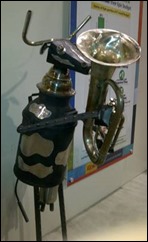

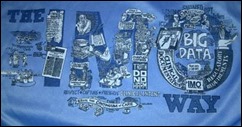



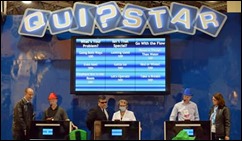



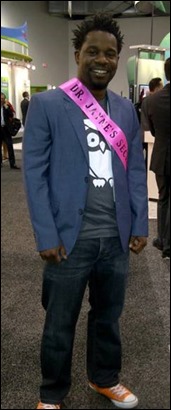








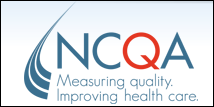

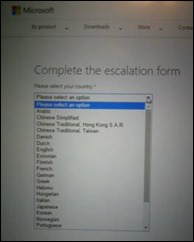
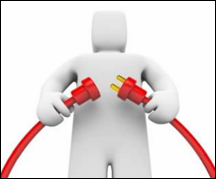



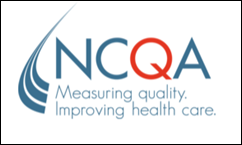


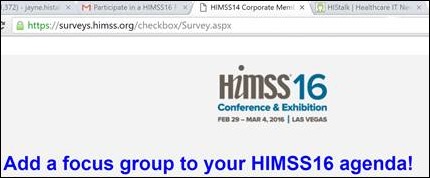

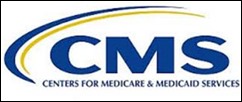





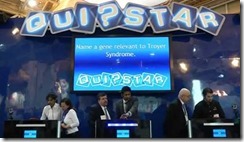

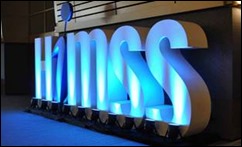



"most people just go to Epic" that's a problem because then EPIC becomes a monopoly in healthcare, if it isn't…